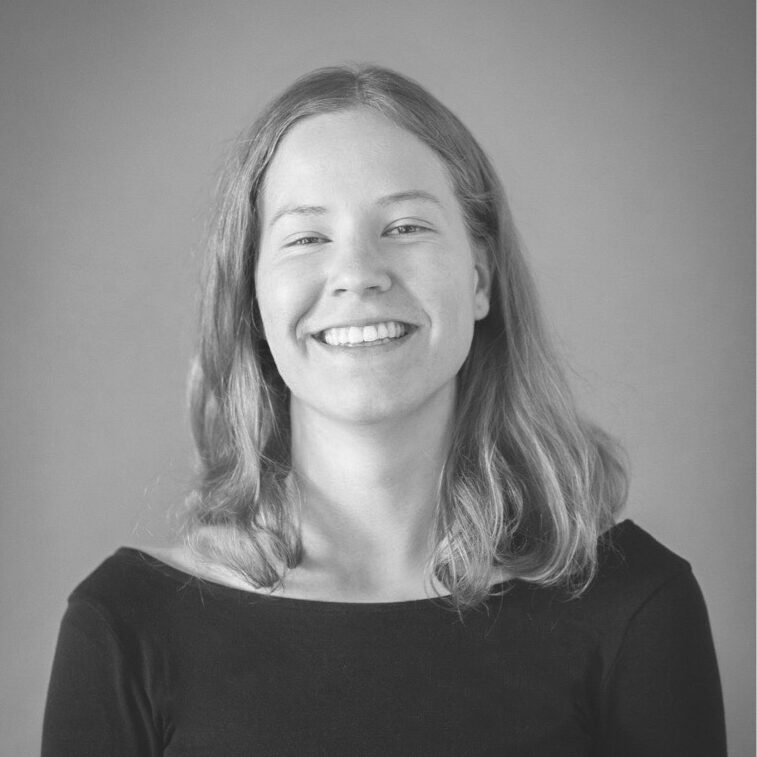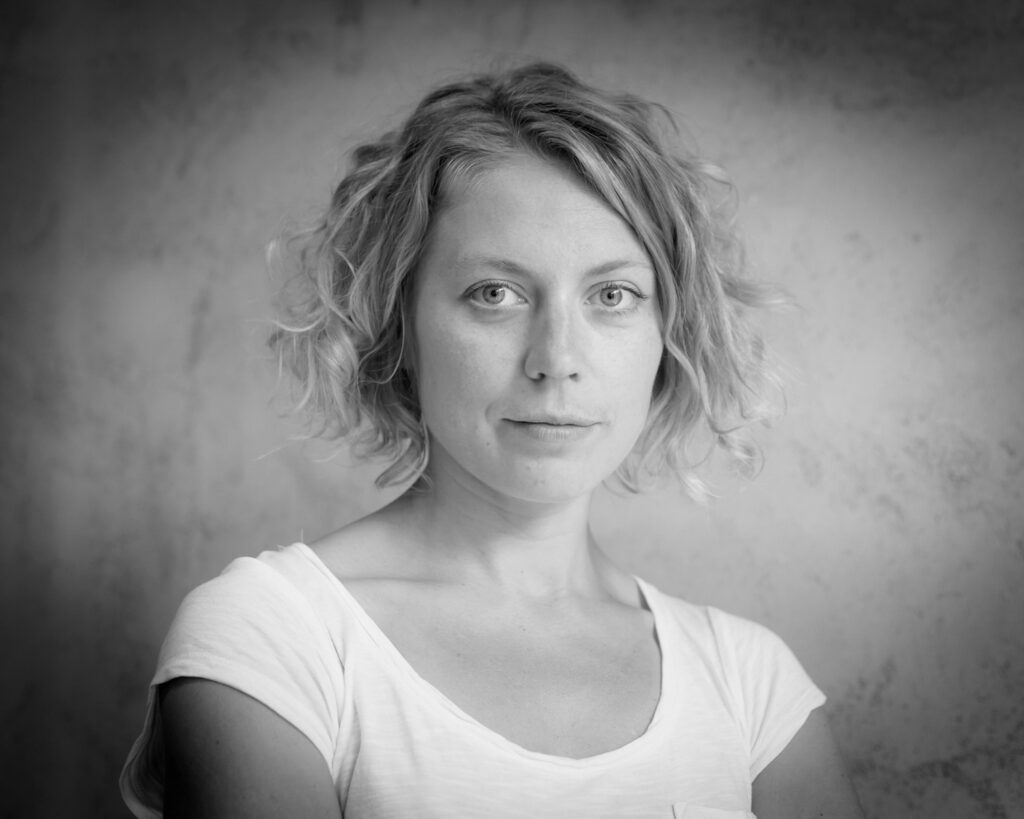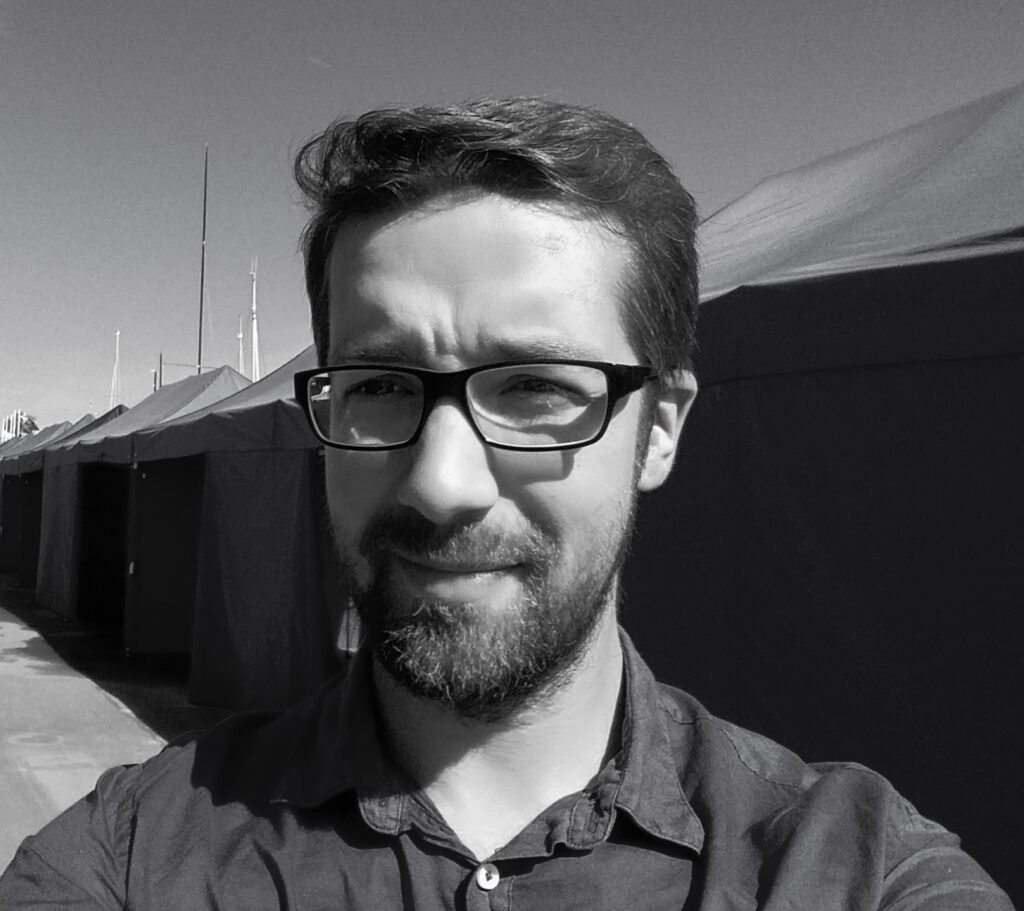It is as important for a cultural journal to run by the agency of description and charting as it is to initiate and create newness.
On the occasion of the anniversary of the Estonian Architectural Review, I asked our readers to comment on why reading Maja is time well spent and how the objective of a contemporary architectural journal should be conceptualised.

PÄRTEL-PEETER PERE
Entrepreneur and urban strategist
Spaces impact us. Science is becoming better at explaining this influence. Google and Johns Hopkins University teamed up to measure the effect of various room designs on people at the Milan Design Fair in 2018. Google’s neuroaesthetics studies showed that different designs may have calming or excitatory effect on us. Conscious design of classrooms enables improving children’s learning ability by up to 25%. The intersection of various disciplines such as cognitive neuroscience, environmental psychology and anthropology with architecture brings out how impactful spaces can be. In “Welcome to Your World. How the Built Environment Shapes Our Lives”, Sarah William Goldhagen concludes her wonderful scientific arguments by stating that design is a social instrument, be it for good or as we see, mostly bad spatial design practice. Goldhagen is working towards making experiential design a human right in the United Nations, for example in the Human Development Reports.
It’s inspiring to read how architecture and design are valued in highly developed societies. Oslo has built a promenade on its waterfront ranging up to 12 kilometres including the opera house, Aker Brygge and city centre as obvious destinations. Copenhagen and Stockholm have introduced swimming and kayaking in the downtown area. The Finnish investment agency Business Finland is facilitating the sales of Finnish architecture (not just construction) for building new hockey stadiums in China. Norwegian healthcare has taken a turn towards universal design in hospitals, incorporating lighting, greenery, curved walls and other design elements to empower people’s innate healing abilities using design integrity. Space has impact on us.
Unfortunately, the Estonian Government and local governments do not understand any of the above, as for them minimizing costs is the only value. This cheap attitudes produces buildings and streets that need mending every ten years or so. The City of Tallinn’s approach to building is completely random, without any vision, withdrawing their signatures from agreements on Reidi Road and Tallinn’s High Street. Even if occasionally time is taken for consideration, it resemble more stalling that a contemporary and transparent inclusion. At the same time, there are plenty of knowledge sources, architects, designers and teachers to choose from.
What we need is knowledge and analysis of spatial data and popularisation of this information. Maja is an absolute must-read for decision-makers and the public sector. It is among the leading native sources of knowledge on the role that space plays in our lives and in our society.
Maja should also be obligatory for State Real Estate, municipal governments and leaders of other public and private sector institutions. Every leader should invest one hour a day to learning new things, abiding by the same rule as Bill Gates, Warren Buffet, Oprah, Barack Obama and other such individuals. Taking one hour a day to read and learn something new is a for people in leadership positions.
Decisions concerning space should be made based on knowledge. Maja is a source of high-quality information so that we are better able to design our houses, towns, cities and the entire country. Everything else is a waste of spirit, nature, health, time and obviously money. Why waste already scarce resources?

KIRKE PÄSS
Architect
The Estonian Architectural Review Maja is a commendable archive of spatial knowledge and a mirror of the Estonian architectural scene. It is the only consistent publication (100 issues!) storing a compact set of running themes in the discipline, being a type of study material. Maja enables Estonians to write about architecture and introduce their perspectives on spatial issues to the wider public.
Maja feeds our reading appetite by emphasising places that we may not have had time to visit yet and offers discussions on subjects we have been wanting to have. An important part of the content material is reviews that take us to biennials, urban actions, excursions or events of the European Architecture Students Assembly.
The way each new issue concentrates on a concrete subject or offers that curatorship to philosophers and practitioners from different fields resonates with my view of how the value of an architectural journal can be sustained. Focussing on a specific subject matter retains the educational quality of Maja. Inviting professionals from other disciplines to partake in the discussion offers a nice balancing read for those involved in architectural thought on a daily basis.
The multiplicity of views and versatile material are certainly aspects that attract a reader. The printout version of Maja is also enjoyable due to its good layout, graphic design and high-quality visual material.

LIINA SOOSAAR
Architect
Every issue of Maja always has that surprise element. The most memorable issues for me are perhaps the latest one from Autumn 2019, guest edited by Laura Linsi and Roland Reemaa, full of unexpected stories on unexpected places, and also the issue Drift from the same year, guest edited by landscape architects. The latter featured many place-related stories and articles that were not about houses at all as even architects get tired of them sometimes. I really enjoyed the tidbits, the stories on persons involved in the behind the scenes and conceptualisation of architecture.
Maja associates with cosy late afternoons when you grab the printed version from the shelf or a pile of paper, start browsing, sit down on a couch and stay there for a while. I am partial to older issues which I don’t have that many of in my home but which makes for all the more joy when coming across an issue from ten years ago in school or the library. I am mostly amazed by the return of certain themes that may have been circling already a decade ago.

CARL-DAG LIGE
Architectural critic and curator
As a person who writes about architecture, I have always considered Maja an important platform for growth and expansion. One of my very first texts was published in Maja a long time ago. Throughout the years, I have written for the journal over shorter or longer time gaps. The last article I wrote was on the Estonian Academy of Arts, a piece I hold dear to this day.
Maja is presently and should stay in the future a stronghold for free spatial and architectural thought. It is a niche journal and I think its role in the public spatial debate has been mostly centered around spatial disciplines so far. You have made a good effort in expanding the authors’ profile in terms of their background. Maja has evolved from being an architectural journal to being a journal on spatial culture without losing sight of the importance of architecture as a discipline. In a sense, the thought of architecture as a field of specific knowledge, experience and history is the only thinkable core or cornerstone of architectural magazine for me. Without it, there may be scattering or dispersion.

JÜRI SOOLEP
Architect and academic
Kaja Pae: When I was still a student I remember you once telling me that every architecture student must read Maja, even if they are not fond of it.
I honestly can’t say that I remember saying that but it sounds good. In fact, it is succinct code for a possible ethos in architectural pedagogy: architecture cannot be taught, but it can be learnt. It can be studied everywhere and at almost any time. There are plenty of examples of great architects who are self-taught. Architecture school is a place where it is easier to learn, but school is a collective and historical living idea, where learners and teachers participate. Often these roles interchange and the learners are the ones teaching and the teachers are the ones learning without even being aware of it. It also happens that we may not like the ideas of a teacher but this is as good a lesson as any as it helps us understand why we are different and why we want different things. An architecture school with a long-standing ethos is a great cultural asset whose emergence takes time and effort. Having navigated the planes of European architectural education for a fairly long time I must admit that the value of a school often becomes apparent when it no longer exists or when it has been completely altered to be something else. Estonia is indeed very lucky to be able to speak of the vigor of century-long architectural thought, despite vexing times and limited resources.
A viable and complete education enables differentiating between attraction and quality. We may be attracted to things or phenomena but our decisions must be based on inherent values. The point of any education is to comprehend the ways of the world and grasp their value. Here one might ask what this all has to do with Maja. A hundred houses (’maja’ means house in Estonian) or a hundred issues of Maja? In the overabundance of means of digital reality only the schools, journals and cultures that have the skills and wish to fully understand and teach values are the ones to survive. There is a surplus of everything else in the endless digital universe. The living idea of journals and schools are alike in that we often realise their value only after the fact. The scarce pages of the architecture section of Varamu are all the more valuable once we take a look at the critical spatial thought of the pre-war period as a whole. Today, we have two architecture journals altogether: Maja and Ehituskunst. More often than not, we are probably not preoccupied with the amount of work that goes into each. An architecture journal envelops and carries the role of the teacher in so much as it reflects back the developments happening in the architectural field and the values inferred by the editor and authors. A journal is thus oriented in two directions: the future and the past. While the future vision is mostly up to the editor and authors to decide, the past is more hidden and stratified. Layer-by-layer we are able to look into the past, see what happened, what was important and how we got here.
A hundred issues of Maja is a hundred layers of Estonian architecture. Looking forward to the next hundred!

TÕNU RUNNEL
Designer and entrepreneur
I have never read an issue of Maja from cover to cover, I have always picked the articles that speak to me. Generally, I am drawn to more comprehensive stories on spaces that I am familiar with, single objects or reviews by one or the other architect are less appealing. What is to become of Tartu, what will be happening in Tallinn, how should we conceptualise the city of the future, how does Tartu manage to valorise urban space and what can we do to support Tallinn on its way to a better future – these are concerns that resonate with me.
Sometimes I find myself thinking how unfortunate it is that topics as significant as these are only published in this specific form, targeted at people active in relevant fields. Of course, I enjoy the journal, its well-curated thorough content bound in good regular form. However, it is our lives, the space that we spend our days in. How can it be that only a clickable sliver of it gets filtered down into mainstream media, like an image of a Zaha Hadid winning piece but not analytic views of the Emajõgi or the harbour area? I think a sharp and broad field of attention would raise the stakes and enable the emergence of the best possible kind of space. So, mainstream media – heads-up – read more of Maja and share these ponderings in your click-a-like format with the large audience.

YOKO ALENDER
Politician
Public space and the broader concept of manmade living environment is becoming more and more of a personal issue for a growing number of Estonians and this is a good thing. This positive trend is definitely advocated by Maja as one of the main promoters of spatial discourse in Estonia.
Home has always been important for Estonians. Seeing a general interest in space shift from inside home walls into the exterior, a literal expansion of the concept of home, is a gratifying thing to witness. The street as a shared space, a meeting place, street space and the city as a place of commute and leisure – joint space, Environment that we each design both individually and jointly. Environment which shapes us, our habits.
I am obviously fascinated by stories that dissect the interaction between society and space, be it urban commute or community activism, smart cities or the relationship between the urban and the natural environment. On the other hand, it is enjoyable to keep track of the art of architecture, conceptualisation of spatial art. Focus on detail. Luxury. Maja is just that. An essential, unavoidable luxury. The wonderful chance and solemn responsibility of a small nation to professionally design their state and space. Spatial discourse in a dedicated journal is an irrefutable agent for this purpose. A broad, social view of space, a social concern is gaining importance. Freedom in art, and responsibility. Architecture as art, nascent in the framework of context and function, which in the better case gives rise to an axiological shift. A new habit. May Maja as a conceptualiser remain a habit, and a simultaneous enabler of unforeseeable shifts.
PUBLISHED: Maja 100 (spring 2020) with main topic MAJA 100!




